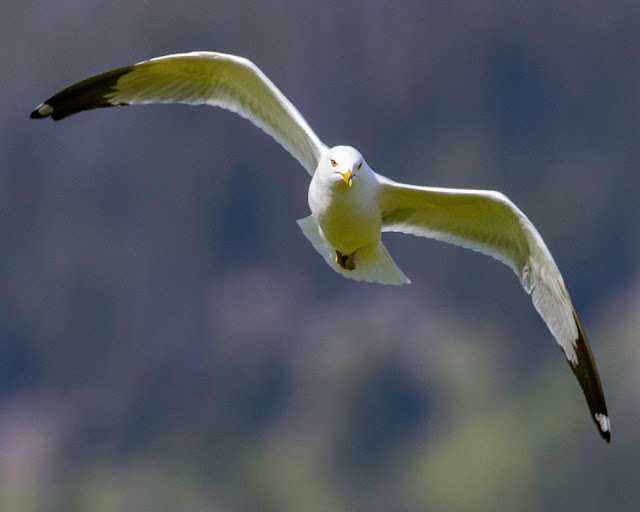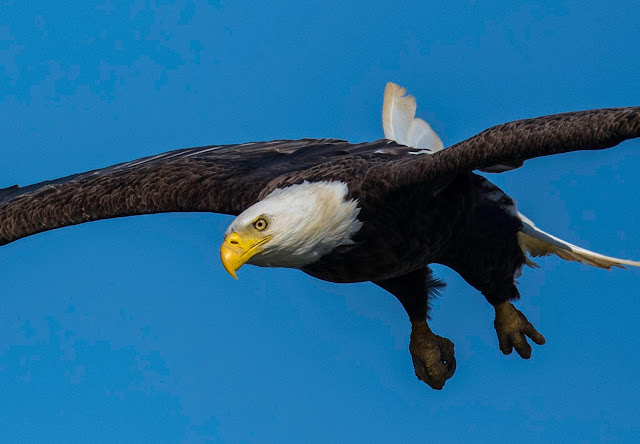Photography is a humbling pursuit. There are always better photographers, better compositions, more perfect light and better equipment. The fun is in not being obsessed with perfection and to recognize that you can enjoy your hobby without having it produce money or fame. Productivity and competition in our work-life unfortunately has spilled into our leisure pursuits. We feel compelled to run races further, publish articles, win competitions or sell our work to prove its value. I did get a charge out of winning a first place two years in a row in the local Monticello Bird Photography contest, however if your work lights that creative spark of wonder in you...embrace and enjoy it! Make that childhood sense of wonder and discovery a lifelong pursuit. I'll always remember my Mom sitting down at our piano playing and singing away. The piano was never in tune, a few sour notes here and there and never a public performance....however pure JOY.
This past year's pictures have been gleaned from the backyard "photo booth " areas around our beautiful Virginia countryside and a lovely Spring visit to Montana. In addition last Spring Julie and I had the pleasure of taking two of our Grandchildren on a James river eagle tour. The discovery tour produced several great Eagle and Osprey pictures (see previous blog post). This year I've continued to dive into information on bird science through readings and lectures about these feathered creatures. I even fell upon a passionate gathering of "Purple Martin" enthusiasts. The more I learn the greater appreciation I have developed for all our avian friends, yet with more knowledge, questions get raised. How do these pea size brains in a hummingbird prepare them to fly to Central America each year? How do flocking birds maintain such symmetry when flying in groups? What keeps a woodpecker from getting a head-ache? With that last question I digress, here are some favorite photos from 2018.
A beautiful Northern Cardinal, our state bird, in breeding plumage
Success - the female likes him!
The American Goldfinch in winter plumage
American Goldfinch
Don't overlook the "little Brown Jobs" - Two pretty Chipping Sparrows
White Pelican on the Yellowstone River with a breeding bump on its beak
White Pelicans on the Yellowstone River
A Montana Western Bluebird striking a pose
A Killdeer
Common Mergansers on the Yellowstone River
A Barn Swallow
What's a common seagull doing in the mountains of Montana? Who knew they hang out there.
The Northern Mockingbird mimics other birds calls but he's not the only one with this talent
The Brown Thrasher and the Catbird also are in the family of Mimics
The Western Bluebird
Sand Hill Cranes in Montana - One of the great American animal migrations
The Common Cormorant
American Bluebird in the photo booth
The Dark Eyed Junco - a Winter visiter
The Yellow Chat
Prairie Warbler
Carolina Wren
Tree Swallow taking over my bird house
This tree swallow is a welcome visiter to my backyard as they eat lots of mosquitos
Yellow Goldfinch
Winter scene of a Northern Flicker
A Red Bellied Woodpecker having a chat with a Mourning Dove
A House Finch in breeding colors
Yellow Rumped Warbler - The Butter Butt
American Eagle on the James River
Tufted Titmouse -"Julie,Julie,Julie"
My female bird brain friend who can navigate circles around me...
the Ruby Throated Hummingbird






















































